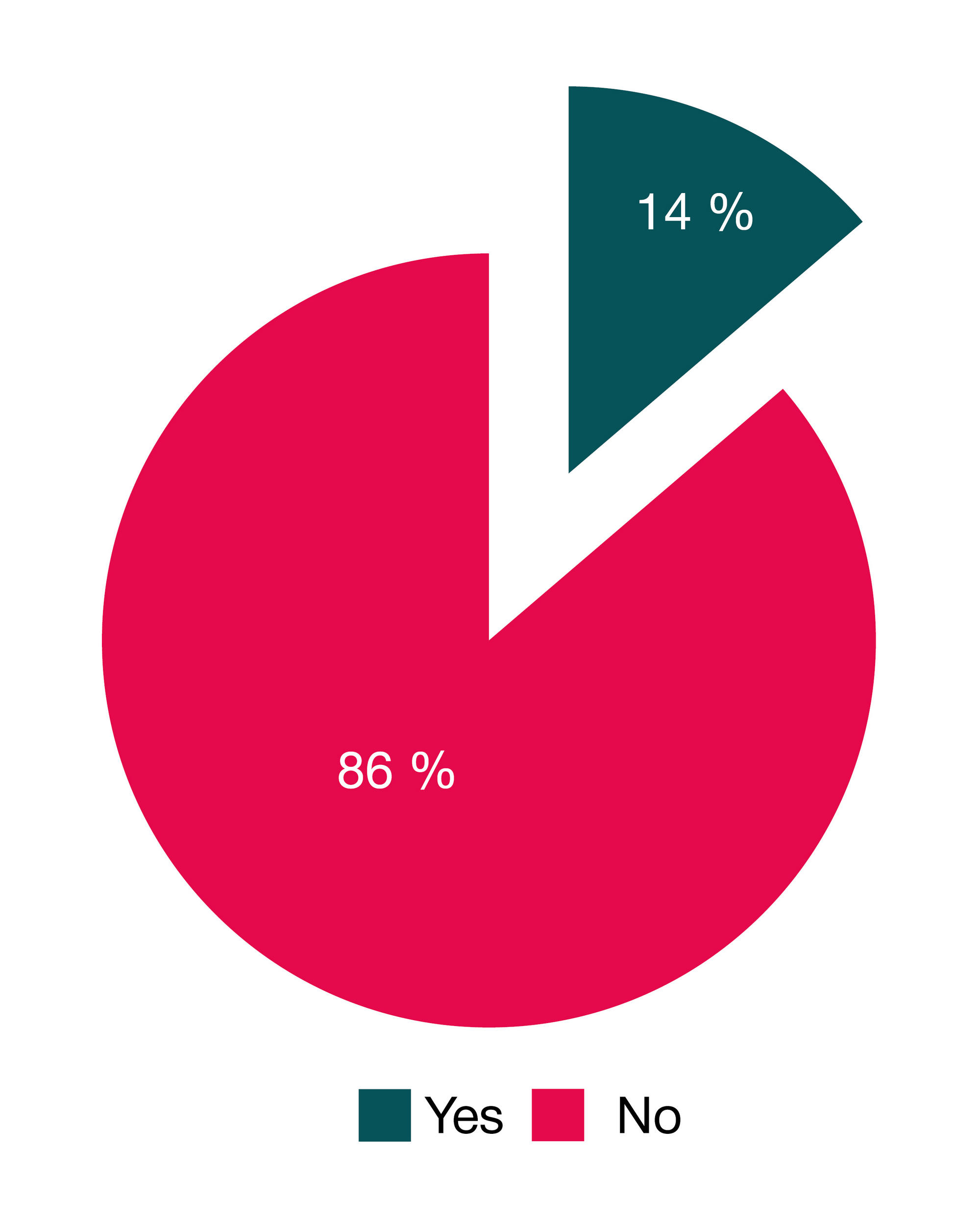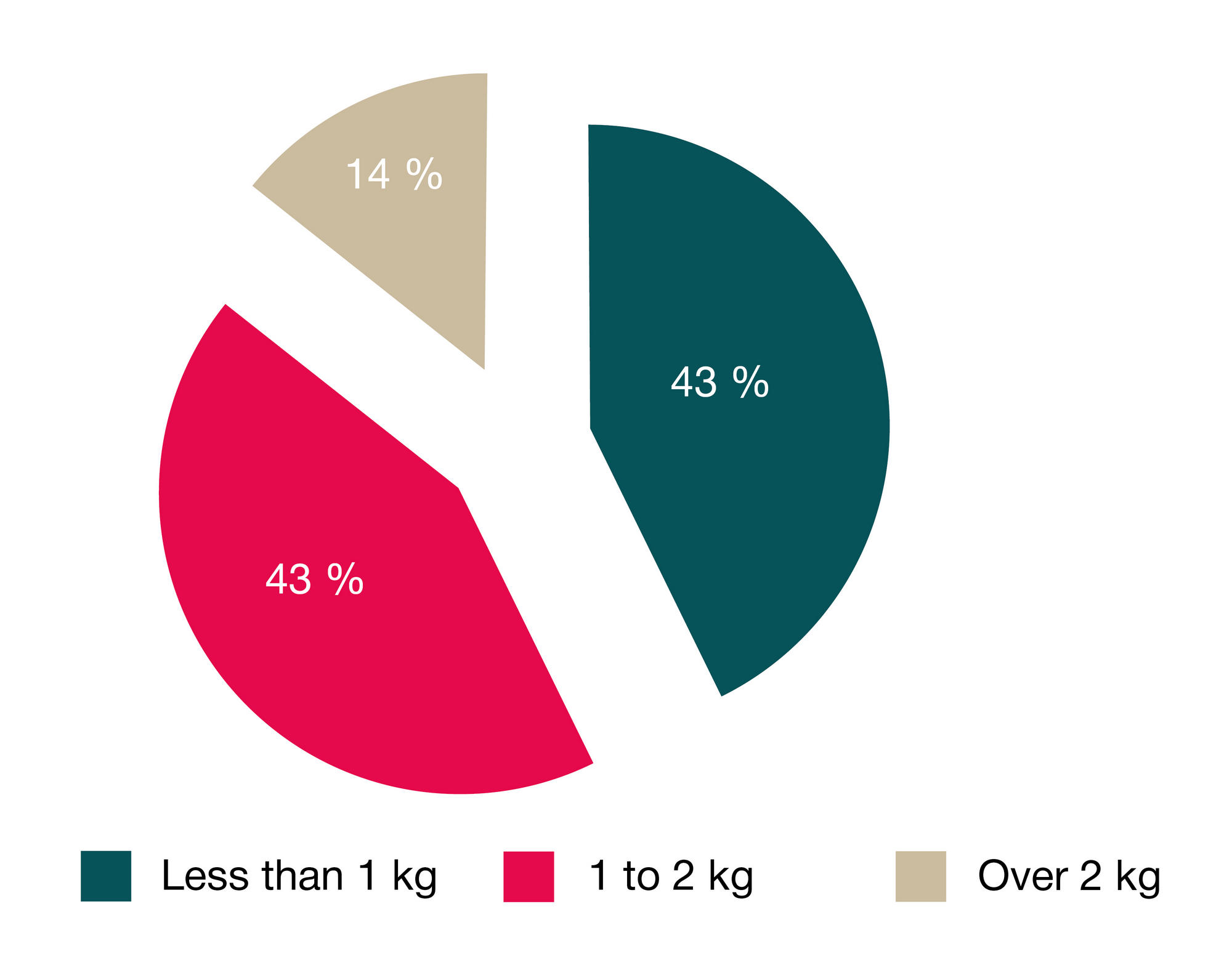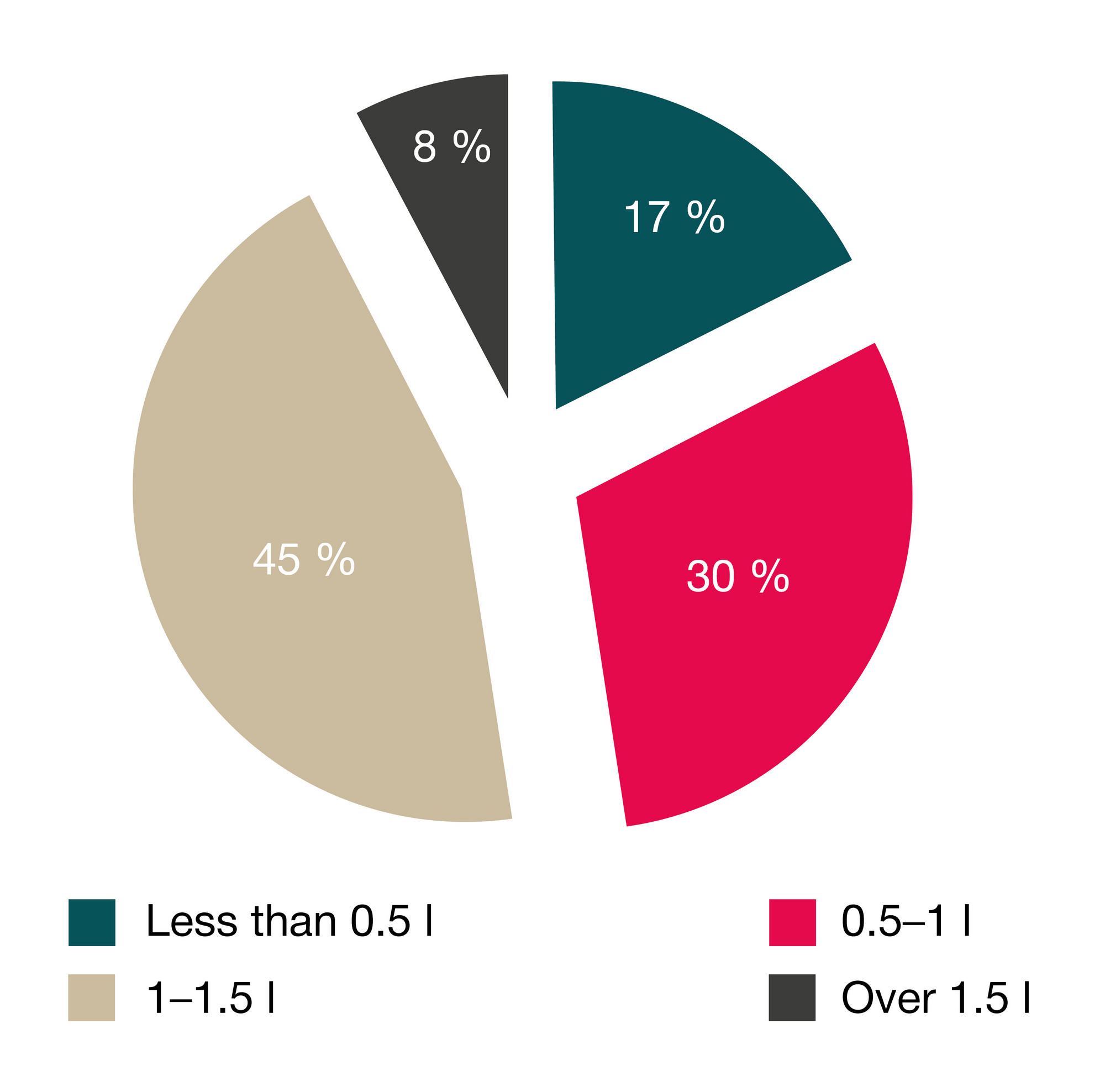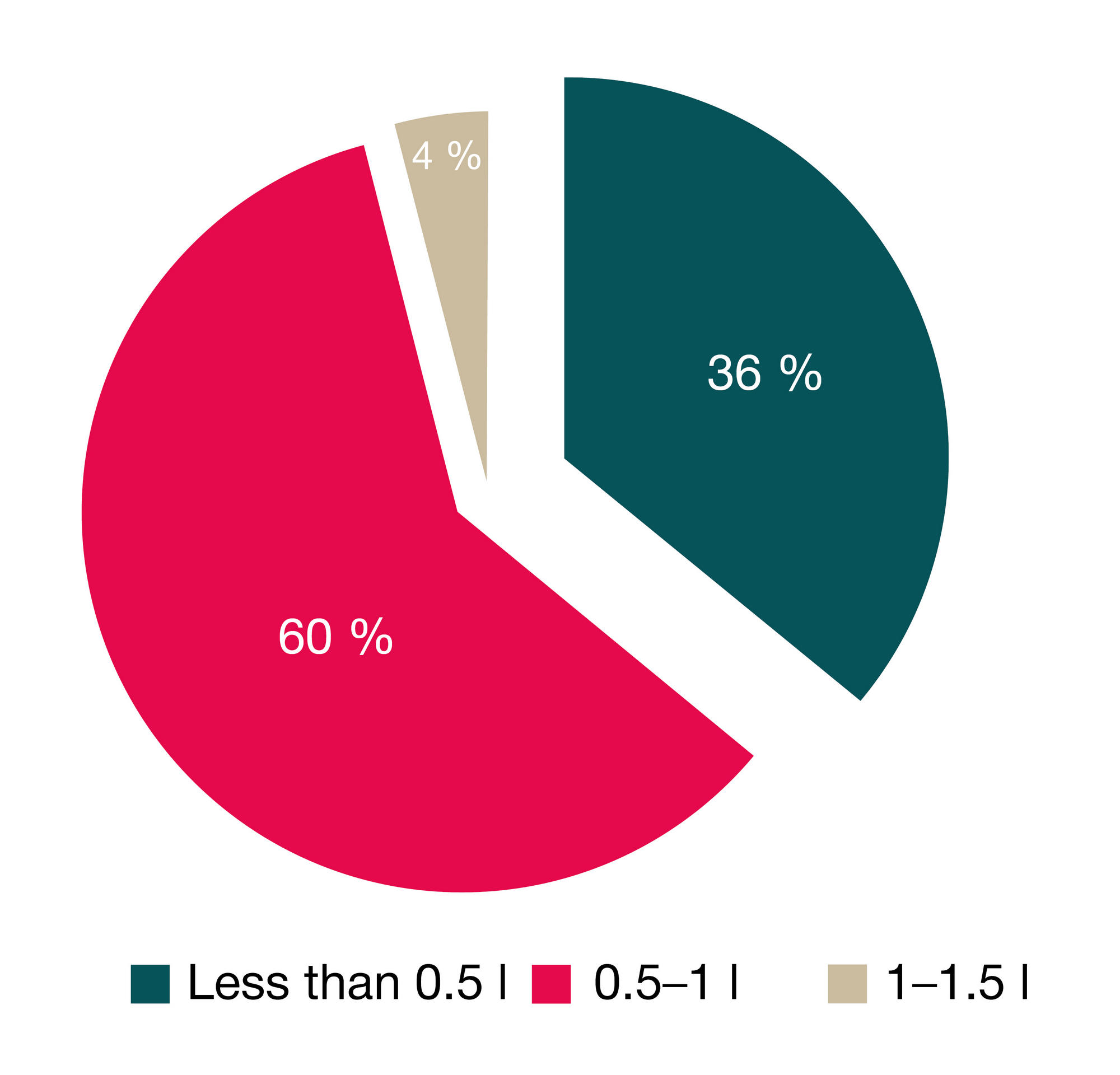
ORIGINAL RESEARCH
An update on dehydration in athletes
1 Department of Rehabilitation, Sports Medicine and Physical Education, Faculty of Pediatrics,Pirogov Russian National Research Medical University, Moscow, Russia
2 Medical Clinic of the National Agency of Clinical Pharmacology and Pharmaceutical Science, Moscow, Russia
3 Federal Medical and Biological Agency, Moscow
4 Federal Science Center for Physical Culture and Sport, Moscow, Russia
5 Federal Research and Clinical Center for Sports Medicine and Rehabilitation, FMBA, Moscow, Russia
6 N. P. Bekhtereva Institute of Human Brain, the Russian Academy of Sciences, Saint Petersburg, Russia
Correspondence should be addressed: Sergey Parastaev
ul. Ostrovityanova, d. 1, Moscow, Russia, 117997; moc.liamg@veatsarapyegres
Contribution of the authors to this work: Parastaev SA — data interpretation, drafting of a manuscript; Miroshnikova YuV — research planning, data interpretation; Pushkina TA —questionnaire design, data analysis; Kurashvili VA— analysis of literature; Yashin TA — questionnaire design, data collection and analysis; Vykhodets IT — data analysis; Kupeev MA — data collection; Didur MD — research planning, data interpretation.



